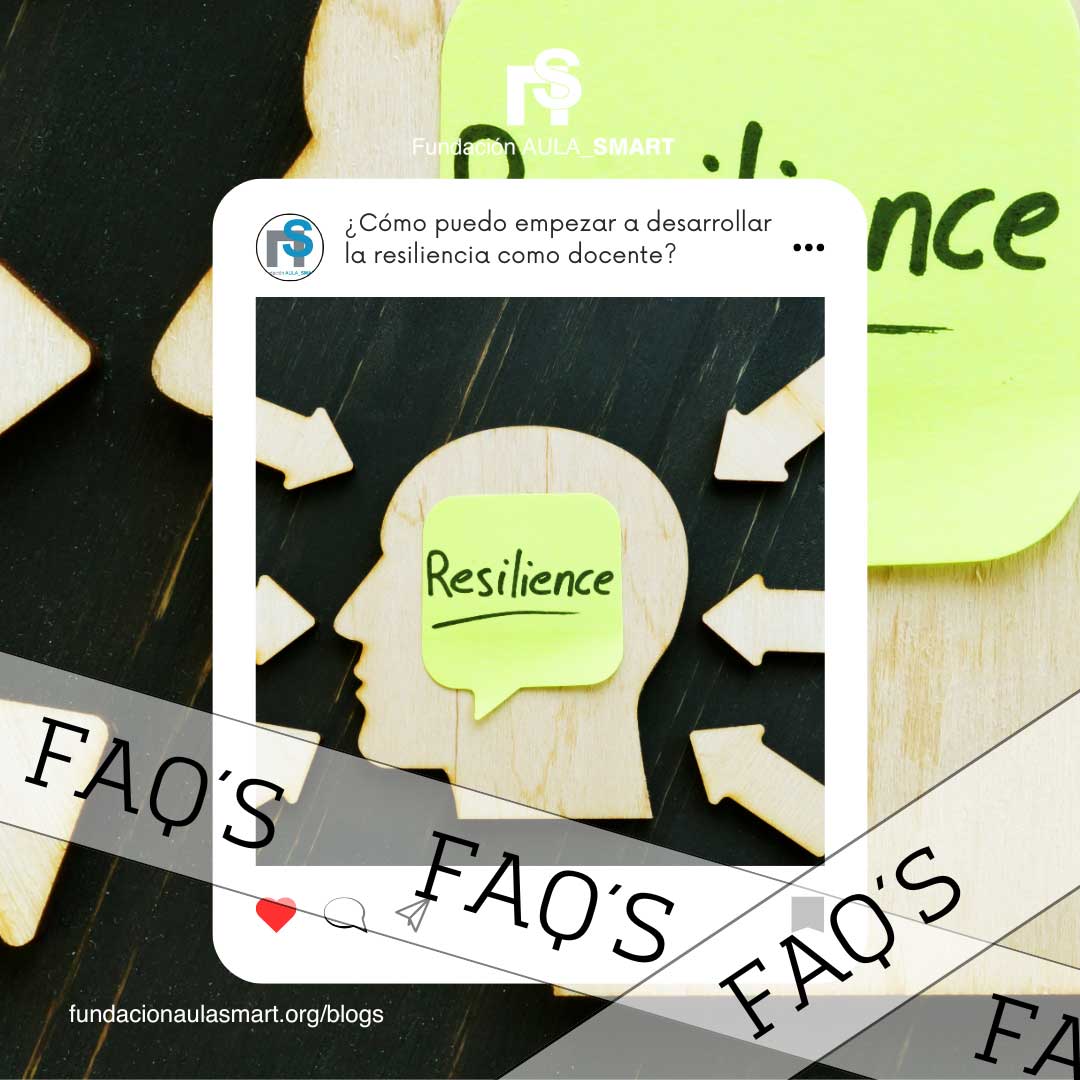Resilience is an essential skill that allows students to face challenges, overcome adversities and adapt to new situations more easily. In a constant change, teachers play a fundamental role in the construction of resilience in their students, providing them with emotional, cognitive and social tools that help them face problems with confidence and perseverance.
This article explores various practical strategies to promote resilience in the classroom, helping teachers to create a positive learning environment and promote the emotional development of their students.
1. Create a safe and support environment
One of the first steps to develop resilience in students is to ensure that they feel safe in the classroom. A positive learning environment encourages trust and emotional stability.
- Foster positive relationships: The relationship between the teacher and the students must be based on respect and empathy. Listening actively, validating emotions and demonstrating genuine interest in each student strengthens their self -esteem.
- Promote inclusion and respect: Ensure that all students feel valued and respected by their classmates and teachers contributes to their emotional well -being and their ability to adapt.
- Offer stability and structure: Predictible routines help children feel safe and better handle stress.
2. Teach coping skills and emotional regulation
Resilience implies the ability to handle difficult emotions and recover from adverse situations. For this, it is essential to teach students emotional regulation and problem solving strategies.
- Mindfulness and relaxation techniques: Breathing, meditation and full attention exercises can help students calm down and handle stress.
- Conflict Resolution Strategies: Teaching students to analyze problems, evaluate solutions and make reflexive decisions strengthens their coping capacity.
- Emotional self -knowledge teaching: Help students identify their emotions and express their feelings properly allows them to develop emotional intelligence.
3. Promote a growth mentality
Resilience is strengthened when students believe in their ability to learn and improve with effort and dedication. Promote one Growth mentality Instead of a fixed mentality, it can make a difference in its personal and academic development.
- Strengthen effort and perseverance: Instead of praising only talent or intelligence, highlight the importance of effort, dedication and overcoming obstacles.
- Normalize errors as part of learning: Teach that errors are not failures, but opportunities to learn and improve.
- Use motivating phrases: Expressions such as "You still didn't succeed, but still trying" reinforce the idea that progress is possible with effort.
4. Develop autonomy and decision making
Children and adolescents need opportunities to make decisions and assume responsibilities to strengthen their independence and resilience.
- Allow students to solve problems by themselves: Instead of providing immediate solutions, guiding students to reflect on alternatives and consequences.
- Foster decision making: Providing opportunities to choose learning activities, projects or strategies increase their sense of control and self -confidence.
- Assign responsibilities within the classroom: Delegate tasks to students reinforces their sense of belonging and their ability to assume commitments.
5. Cultivate optimism and positive attitude
Positive thinking is a key tool for resilience, since it allows students to focus on solutions instead of getting trapped in problems.
- Teach the power of positive language: Help students reformulate negative thoughts in more optimistic statements.
- Incorporate gratitude into the classroom: Activities such as writing gratitude newspapers or sharing positive experiences reinforce emotional well -being.
- Model an optimistic attitude: Teachers can be an example of resilience by demonstrating how they handle challenges with a positive mentality.
6. Promote social support and collaboration
Having a support network is crucial for resilience. Teachers can promote companionship and collaboration relationships for students to feel supported.
- Promote teamwork: Group projects and cooperative activities reinforce the sense of community and mutual support.
- Create dialogue and expression spaces: Allowing students to share their concerns and emotions in a safe environment reinforces their emotional well -being.
- Develop empathy and solidarity: Promoting respect and mutual help strengthens the emotional connection between students.
Conclusion
Promoting resilience in students is a fundamental task in education, since it allows them to face the challenges with greater confidence and perseverance. Through a safe learning environment, emotional coping strategies, growth and social support mentality, teachers can help their students develop essential skills for life.
When implementing these strategies in the classroom, teachers will not only strengthen the ability to recover their students, but will also contribute to their emotional well -being and their personal and academic success.


















Leave a comment
All comments are moderated before being published.
This site is protected by hCaptcha and the hCaptcha Privacy Policy and Terms of Service apply.